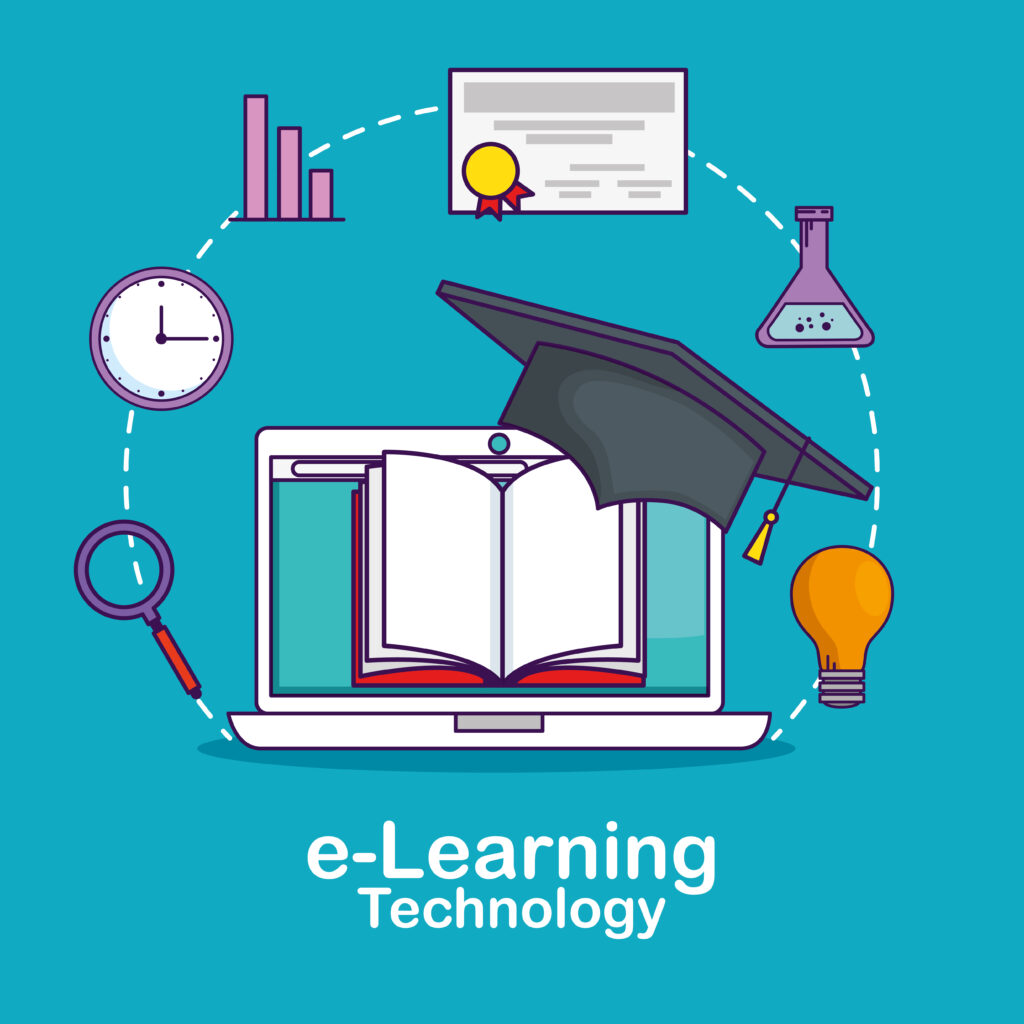In recent years, technology has advanced rapidly across all sectors, particularly in education. It began with the rise of digital learning during the pandemic, leading to the introduction of various online upskilling courses. Nowadays, numerous platforms provide online certification courses, and universities are offering remote teaching for their programs accessible from anywhere in the world. While technology has made education more accessible, efficient, and engaging for students, there are still challenges to overcome in the realm of digital education.

Technology has influenced nearly every part of our lives today, and education is no different. Or is it? In some respects, education appears to remain quite similar to how it has been for many years. A 14th-century illustration by Laurentius de Voltolina shows a university lecture in medieval Italy. The scene is easily recognizable due to its similarities with the present day. The teacher stands at a podium in front of the room while students sit in rows, listening attentively. Some students have books open in front of them and seem to be following along, while a few look disinterested. Others are chatting with their neighbors, and one student seems to be dozing off. Today’s classrooms don’t look much different, although you might see modern students focused on their laptops, tablets, or smartphones instead of books (likely with Facebook open). A skeptic might argue that technology has done little to transform education.
What has changed?
Accessibility
Technology has opened up educational opportunities for students who couldn’t attend traditional classrooms before. Distance learning, e-learning, and various online education formats have emerged as popular alternatives. Now, students can connect with their teachers and peers from anywhere in the world, making education more reachable for those facing geographical, financial, or other barriers. With the help of technology, learners can acquire knowledge at their own pace and on their own schedule, leading to a more flexible educational experience.
Different methods of learning
Today, educators have the opportunity to present content in fresh and creative ways, enhancing engagement for students. With tools like Augmented Reality, animations, educational films, and interactive content, teachers can make learning more dynamic, exciting, and memorable. The Cognitive Theory of Multimedia Learning, proposed by Mayer and Moreno in 1999, suggests that students can gain a deeper understanding when information is delivered through both text and visuals, highlighting the effectiveness of multimedia in education.
These tools enable learners to delve into complex concepts in a more understandable, memorable, and applicable manner. Furthermore, educators can leverage technology to tailor learning experiences to each individual, accommodating their distinct learning styles and abilities.
Better Communication
Teachers can utilize email, messaging apps, and video conferencing to connect with students and offer support beyond the classroom. Students can comfortably reach out to the teacher with any questions they may have. Additionally, they can work together on group projects and exchange information through online platforms.
More Efficient Learning
Schools and universities that used to have to cancel classes due to severe weather can now quickly shift all of their in-person learning online when inclement conditions arise. Technology allows students access to their learning material anytime and anywhere — cutting out needless travel, and expensive textbooks. Furthermore, technology has made admin work such as grading, record-keeping, and communication easier for teachers so they can spend more time teaching students rather than paperwork.
While this may seem thrilling at first glance, there are numerous obstacles to overcome in the realm of digital education.
- While online education offers accessibility, efficiency, and engagement, it also faces challenges related to quality, including plagiarism, cheating, and subpar learning outcomes. To maintain high standards in online education, institutions must thoughtfully design and assess their courses, implement effective evaluation methods, and offer learners the support and feedback they need.
- Who can overlook the issue of the digital divide? While some students enjoy high-speed internet and the newest devices, others struggle with basic technology like a computer or a reliable internet connection. This gap can deepen existing inequalities and restrict educational opportunities for those who are already at a disadvantage.
The other concerns are how the cost is being passed on to parents for devices, increased screen time etc. Although it is imperative to acknowledge the many benefits of technology in education, there cannot be an accurate assessment without also addressing and seeking solutions for its negatives.
